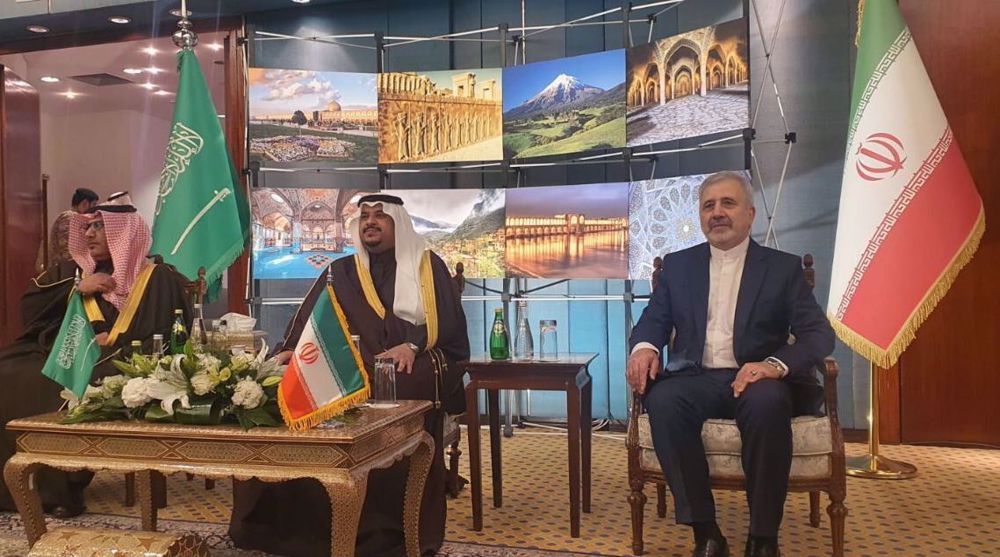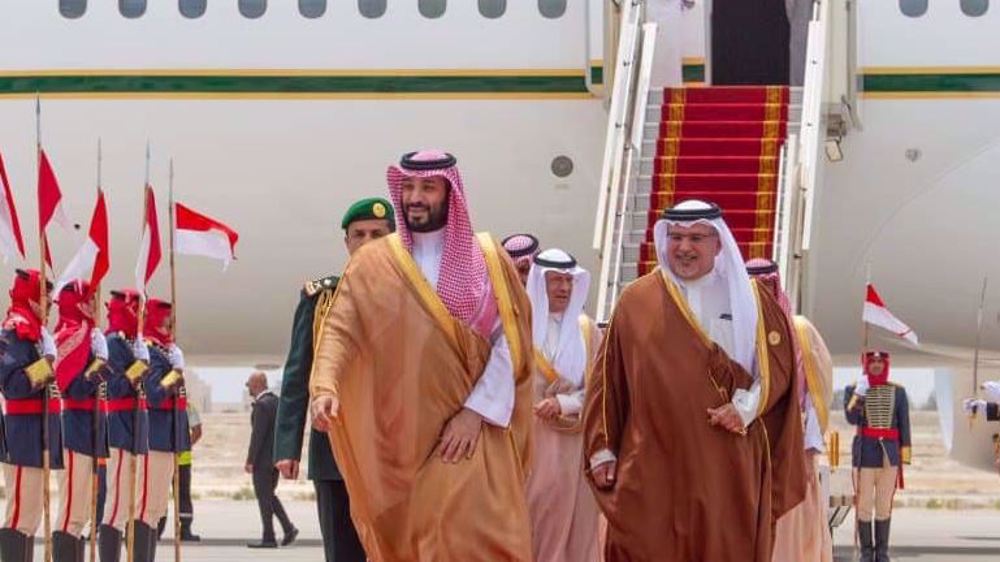Saudi Arabia’s foreign assets fall to lowest level in four years
Saudi foreign assets have shrunk to the lowest level in four years, casting serious doubts over the country’s recently-announced ambitious plan meant to turn the economy around from reliance on oil.
The Saudi Arabian Monetary Agency announced on Sunday that net foreign assets dropped 1.1 percent in April to 2.15 trillion riyals ($572 billion).
It said the assets, mainly denominated in US dollars plus securities such as US Treasury bonds and deposits with banks abroad, plunged 15.7 percent or $115 billion from a year earlier, when Saudi Arabia sustained a budget deficit of nearly $100 billion.
The sharp drop in oil prices has forced the cash-strapped Saudi government to consider selling shares of the state-owned oil company Saudi Aramco by 2018.
A costly war on neighboring Yemen has also squeezed the Saudi economy.
Saudi Arabia has announced plans for an economic overhaul under a plan called Saudi Vision 2030.
It was publicized by Saudi King Salman bin Abdulaziz Al Saud in a televised announcement on April 25 and appears to be the brainchild of the king’s inexperienced son, Deputy Crown Prince Mohammed bin Salman.
It focuses on privatizations, further reductions in subsidies, selling a stake of less than 5 percent in Saudi Aramco, and the creation of a giant $2-trillion Sovereign Wealth Fund.
Economists and financial experts maintain that Saudi Arabia’s plan looks blurry, and the creation of a sustainable Saudi economy remains a mirage.
They state that oil acts as the lifeblood for the Saudi economy; it accounted for 78 percent of Saudi exports last year, according to the International Monetary Fund (IMF) figures.
Iran condemns ‘vicious act of Israeli terrorism against civilians’
Netanyahu: Israel won't allow Hayat Tahrir al-Sham forces in southern Syria
VIDEO | Paying tribute to Hezbollah leaders
Hezbollah leaders’ historic funeral showed resistance strength: Islamic Jihad
Iran reports surge in air traffic as Austrian, Lufthansa resume flights
VIDEO | South Africans set to lobby government to isolate Israel
IRGC chief: Nasrallah decisive figure in regional equations with global dimensions
VIDEO | Press TV's News Headlines















 This makes it easy to access the Press TV website
This makes it easy to access the Press TV website